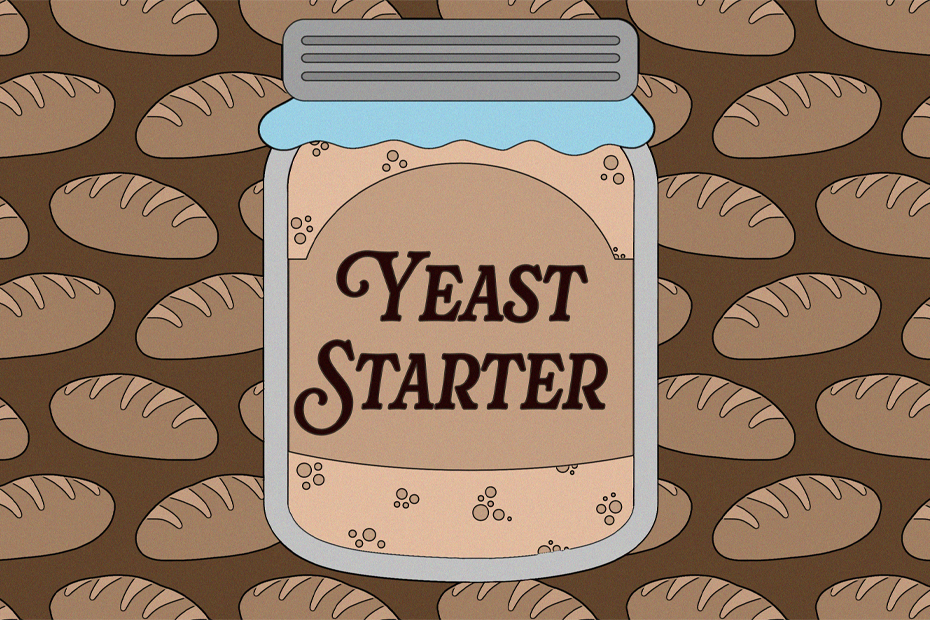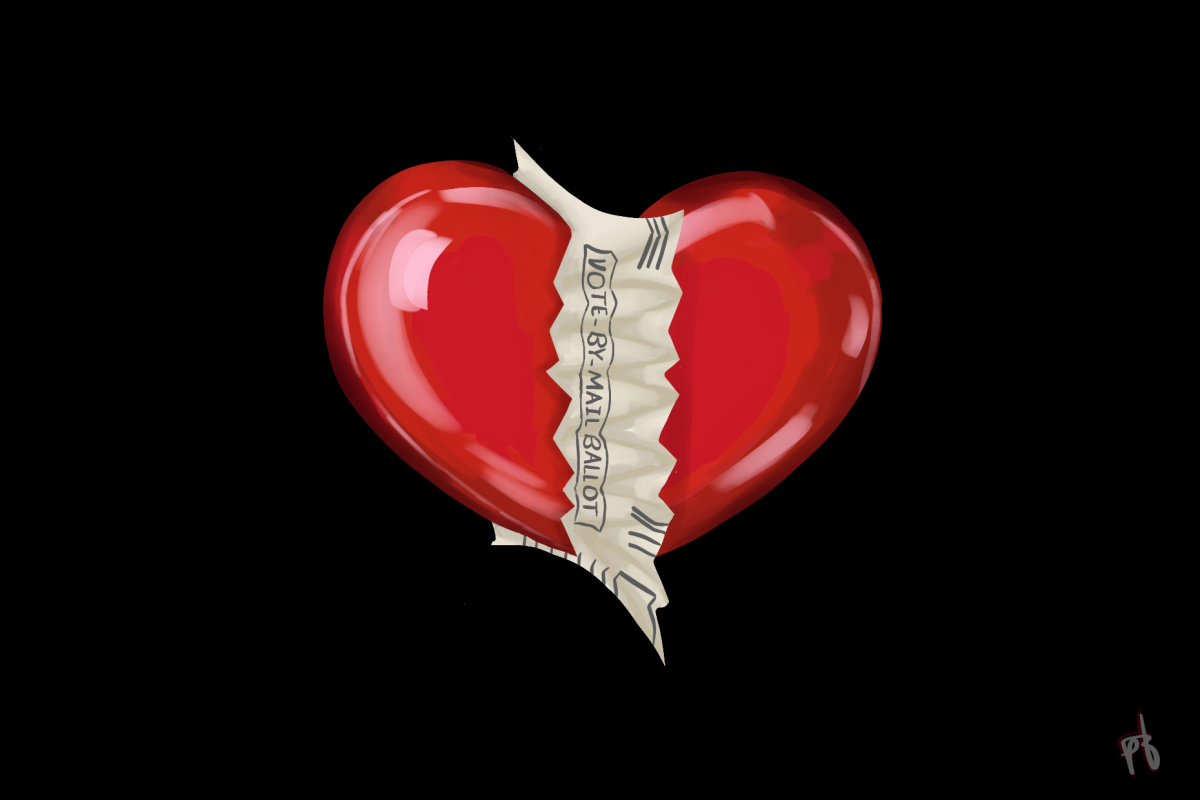If you are concerned about your screen time, then chances are you’ve seen countless videos about sourdough starters while scrolling on TikTok or Instagram. So, why is everyone making sourdough and what are “sourdough starters?”
The world has seen a resurgence of the fermented, ancient bread since the 1980s, but popular social media platforms like TikTok that create many obscure trends contributed to the very recent sourdough-making fad. During peak 2020 quarantine with nothing better to do, creators like Emily Christensen (countryroadssourdough) and Amanda Francis (therealsourdoughmom) began documenting their growth as bakers. One of Christensen’s videos about a sourdough starter has over 4.7 million views, with 1,200 comments in utter confusion over how this dough is “alive.” It was creators and videos like these that sparked a sourdough-making obsession among many.
So, what are sourdough starters and why are people talking about “feeding them?” The Clever Carrot, a cooking website that has sourdough tips, recipes, and videos, explains sourdough starters as, “the absolute heart and soul of sourdough baking.”
The ingredient list for a sourdough starter is short: water, flour, and yeast. When combined, a live culture begins to ferment and can be added to your sourdough to help it rise. Some sourdough starters are over 100 years old, since you can continue “feeding” them, by adding all-purpose flour to help the yeasts and friendly bacteria continue to cultivate.
However, the starter is not active immediately; it can take almost one to two weeks for it to become ready to use. When it is ready, the starter will bubble and double in size.
Many popular videos on Instagram reels and TikTok show these potion-like, bubbling, sourdough starters that look like possessed dough. One user commented on a video of the live dough saying, “That looks like something from stranger things” and another asked, “Why is it radioactive?”
These comments and videos have boosted the popularity of the baking community, and have fostered a sense of community among all sourdough bakers and enthusiasts. Many new sourdough enthusiasts have made pages to share their tips, favorite loaf shape, and more.
Sourdough starters have contributed to many new flavors and inventive ways to incorporate sourdough into cooking as well. Trending, easy-to-make flavors at the moment are jalapeño cheddar, chocolate, and olive and rosemary. Many people share their fun scoring techniques for the top of their loaves online, and some even use food-grade paint to adorn their loaves with flowers and other designs.
One of the main contributors to the rise (literally) of sourdough baking could be the Pinterest-popular “cottagecore” aesthetic. Along with this aesthetic comes mushrooms, fairylike, boho-chic outfits and making baked goods.
Both cottagecore and sourdough baking emphasize a return to nature and living a simple life. Cottagecore celebrates cultivating a cozy homestead, and the smell of freshly baked sourdough fits right into that. Most cottagecore enthusiasts grow their own vegetables and embrace a simpler, more rural lifestyle that relates to times of the past with little technology.
Similarly, sourdough bread has a long history of recipes and starters being passed down through generations, which adds to that sense of connection to the past.
Ironically, it was the digital age and social media frenzy that was responsible for the resurgence of sourdough baking. The interest extends beyond the flavor; it represents a connection to a simpler life. A sourdough starter that is seemingly scary and possessed-looking could be the start of a generational sourdough baking tradition for one’s family.
What started as a simple fermentation process has evolved into a cultural phenomenon, with individuals ranging in baking skill levels coming together to explore the science aspect and peace that baking brings.
































